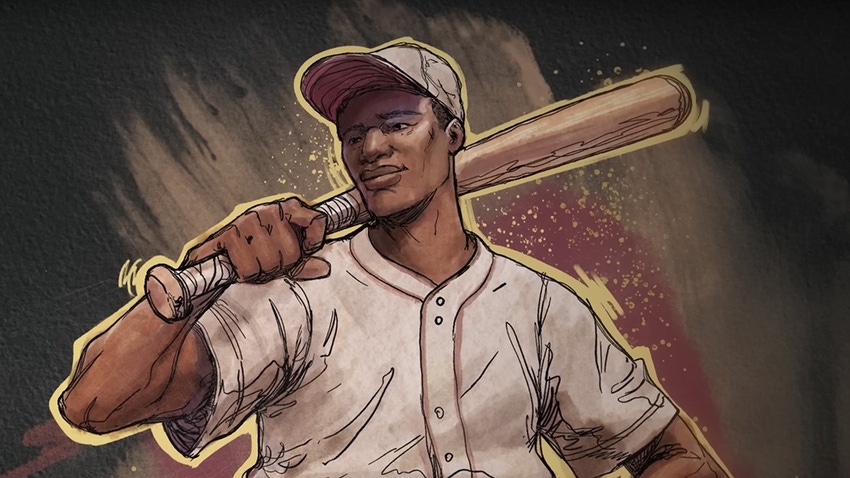MLB The Show's Negro Leagues inclusion 'needed to tell a story'
San Diego Studios' Ramone Russell explained that introducing MLB The Show players to the venerated Nego Leagues needed more than a simple roster update.

At a Glance
- MLB: The Show 23 took a big swing in 2023 when it released an update bringing the Negro Leagues to the game.
- The Negro Leagues were born out of racial segregation in professional baseball, and hosted a roster of incredible players.
- Honoring those players while spotlighting why they played in a segregated league required a deliberate, thoughtful process.
In 2023 PlayStation subsidiary San Diego Studio, developers of the baseball franchise MLB: The Show, released a major content update for MLB The Show 23. Not only did the developers add a new roster of venerated baseball players to the game, those players came from a group of organizations sometimes erased from baseball history: the Negro Leagues.
The game's new Negro League players were featured in a game mode called "Storylines" that mixed documentary interviews about the leagues with recreations of memorable games from the Leagues' history.
And according to San Diego Studio product development communications brand strategist Ramone Russell, introducing the players to the game wouldn't have worked without some kind of story mode in place.
For those unfamiliar (due to the aforementioned erasure), the Negro Leagues were a series of baseball leagues formed for Black players in the early 20th century. The early Major League Baseball organizers barred Black players from playing for teams like the Boston Red Sox and Detroit Tigers through a number of unwritten policies, forcing them to strike it on their own if they wanted to enjoy "America's Favorite Pastime."
Incredible players like Joe "Smokey" Williams, Oscar Charleston, and eventual Brooklyn Dodgers player Jackie Robinson played in these leagues, which also featured memorable female players like Connie Morgan, Mamie "Peanut" Johnson, and Toni Stone.
MLB: The Show 23 invented a fresh take on "story mode" in sports games
Last year Russell explained to Game Developer that partnering with Kansas City's Negro League Baseball Museum made bringing these players into the game possible—and at DICE 2024, he told us why "telling a story" was another key ingredient needed to pull off their introduction.
Russell, who had just accepted the DICE Award for "Best Sports Game," responded to a question from VentureBeat about the "repetitiveness" of recurring sports releases, saying features like the Negro League update are what it takes to keep these games fresh.
"It's about doing things differently and trying new things," Russell replied. "We needed to be able to tell a story [with this game mode] because 95 percent of our audience has no idea what the heck the Negro Leagues are."
He stressed that simply adding these players in a simple roster update wouldn't have "resonated," and that a start-to-finish narrative was essential to bringing these players to life. Partnering with the Negro League Baseball Museum was also a point of pride for Russell, who said that the studio wanted to "make sure that the museum was in a better place than before we started."
Russell's comments show how San Diego studio has raised the bar for it and other developers who want to tell true tales from history in a modern video game world. Developing the Storylines mode required investing in a video production process and new technical pipeline to carve out a distinct play experience from MLB: The Show 23's original gameplay.
Sports games have struggled when developing standalone story modes, partly because their close partnerships with real-world sports leagues (and targeting an "E" rating from the MPAA) puts tight boundaries on what narrative challenges they can portray, and because players aren't there for an original story, they're there to pit teams like the 2023 Los Angeles Dodgers against the 1966 Baltimore Orioles.
But the Storylines mode just goes to show: systems-driven game systems can only get you so far. To make a real memory with players, you need to find a way to tell stories that will shine a light on what makes people so passionate about baseball.
About the Author(s)
You May Also Like









